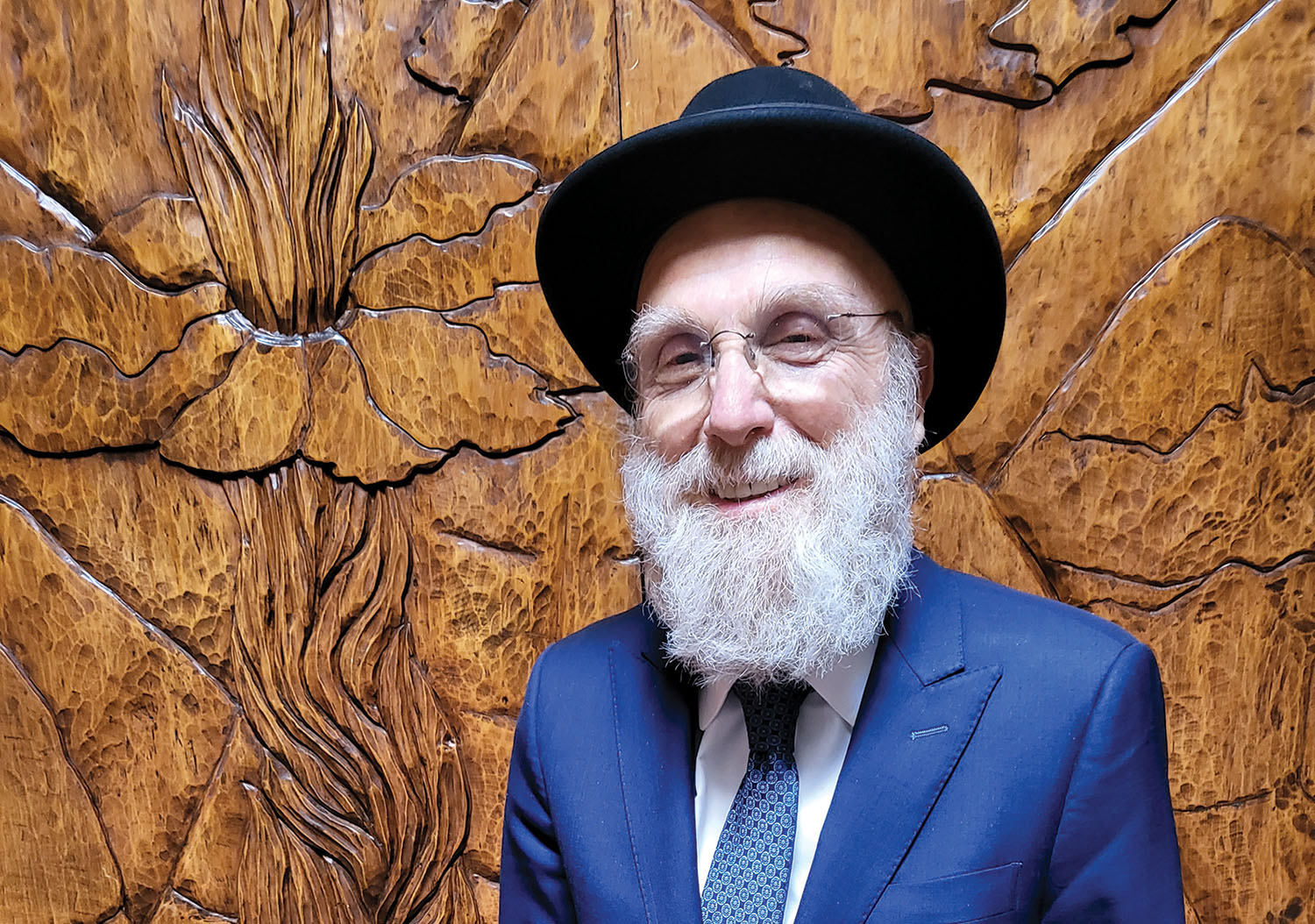
Rabbi Joshua Bittan of the Sephardic Moroccan synagogue Em Habanim is known for his elegant style. He’s invariably seen sporting a suit and a fashionable fedora. It’s a reflection of the elegance of the red brick building on Laurel Canyon Boulevard that is the congregation’s home. Sitting at attention behind his spotless desk on the second floor of the building, he looks completely at home. “Our family owns an art business and has an inclination to be involved in designing,” the only rabbi the 50-year-old shul has known said.
“When you do a mitzvah dedicated to Hashem, you should make it in a beautiful way. Every time we do something, we make sure it is with taste, with elegance.”
A native of Ouezzane, Morocco, Joshua Bittan was 20 years old when he came to Los Angeles in 1974. He was drawn to the wandering Sephardic community, praying wherever they could find space. That affection was reciprocated; although he was a decade away from the rabbinate, the community pleaded with him to be their leader – and they have grown together.
From a Laurel Canyon Boulevard storefront to a delipidated old house “that we sort of jerry-rigged,” Em Habanim gradually took shape. “Lots of brick buildings were going up in 1983 and ’84,” he said.
Then one day he was invited by an acquaintance to a cup of tea. When they met, two other gentlemen happened to be there. During the discussion, he mentioned the congregation was starting a building, a Moroccan synagogue. “‘You’re building a Moroccan synagogue?” was their enthusiastic response.
“One man said, ‘I will donate the Ark, the Aron Kodesh,.’ Rabbi Bittan said, still sounding astonished. “I had just met them,” he said. And the other guy said ‘I will donate the bima.’”
This kind of instant generosity and the respect for tradition of Sephardic Jews –spurred by Rabbi Bittan’s own talents – have informed the history of Em Habanim.
This kind of instant generosity and the respect for tradition of Sephardic Jews –spurred by Rabbi Bittan’s own talents – have informed the history of Em Habanim.
Since moving into their permanent home, Rabbi Bittan and the congregation have enjoyed a string of blessings.
“Little did I know,” said Bittan, “that the man who donated the Ark – Tzemach Kalfon, may his memory be blessed – was a masterful wood craftsman, with skills traditionally passed from father to son. Our Aron Kodesh is beautiful,” the rabbi raved. “I said to the craftsman, ‘Let me show you where the Holy Ark is going to be. He took measurements. I told him I had to talk to the Board to make sure it was okay. The Board said ‘Why not?’ Little did I know we would get a masterpiece, all hand-carved.”
When the Em Habanim building opened in 1984, the craftsman ended up making and donating the chairs and the bookcases. That still amazes the rabbi. “All of this came,” he said, “from that fateful first meeting. I had no idea he was going to be there. It was all Minashamayim (from God).””
Rabbi Bittan’s son Moshe leads the family art business. But the rabbi not only is gifted as a holy man but also as a creative art force. “We have done a lot of projects for other synagogues,” the rabbi said. “At Emek Hebrew Academy, the Aron Kodesh is our design. The bimah also.
He has also done designs for Yeshiva Gedolah: a Memorial Wall in etched glass. “The rabbi there came to me one day and said, ‘Someone gave me a lot of money for a clock.’ So I came up with this idea – a huge book, made of wood, opened with a center, the arms of a clock. Instead of 1-2-3, it’s aleph-bet-gimel. The quote in Hebrew at the bottom is, ‘If not now, when?’” Sometimes he gets artists involved. “Many times I do sketches and have them make it based on my sketches.” He cited Ner Tamid in Rancho Palos Verdes where 22 stained glass windows and the Aron Kodesh are on display in the South Bay. The rabbi said his design has a huge wing-span, about 6,000 pieces. Beyond Los Angeles, Rabbi Bittan has done projects in New Jersey, along the East Coast and elsewhere.
“We just did a stained-glass window for the foyer,” he said. “There again, I use the artist because he is involved in the production and fabrication.”
With an appealing blend of modesty and artistic pride, he said “I came here from the beginning. It’s God-sent. I prayed with the first prayer (group) we had here. I was the youth director in the beginning.” While he was a board member and twice president, “I always continued my schooling in Torah and I taught.” He was Em Habanim’s acting rabbi for a number of years before he was convinced to officially seek smicha.
“The truth is,” said Rabbi Bittan, “Torah is where it’s at. That’s what life is about, the guidance of the Torah. It’s not just for rabbis to learn Torah. It’s for every Jew, a gift Hashem gave us, to delve into it. It says ‘Contemplate and delve into it, every day and night.’
“This is what I teach in my synagogue, what I try to inspire people to do.”
He proudly noted that his son learns every morning and every evening.
“Torah is the center of every Jewish person’s life, and we need all of their professions,” he said. “Hashem gave all of us talents to be able to make this place better — always guided by the Torah. That is what Hashem put us here to do.
“What a beautiful people we are.”
Fast Takes with Rabbi Bittan
Jewish Journal: What is your favorite childhood memory?
Rabbi Bittan: I have so many. I had a very special relationship with my mother’s father, Moshe Bibas. We discussed many times p’sukim from the Torah. When I was learning in cheder, he would bring a bag of hearts of palm. Connections between the generations are so important.
JJ: Do you have any unmet goals?
RB: Yes. There is so much more to learn. I have a huge library at home that covers several walls. [He tears up.] So many I have not had a chance to get to.
JJ: Your favorite moment of the week?
RB: Friday night at the Shabbat table. The family is together. You see the lighted candles and sing “Shalom Aleichem.” Nothing equals the holiness of that moment.
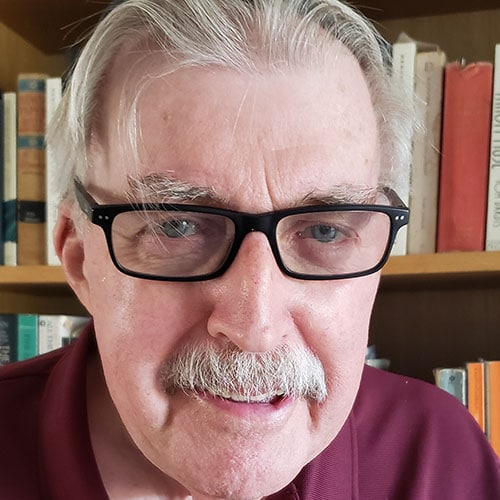
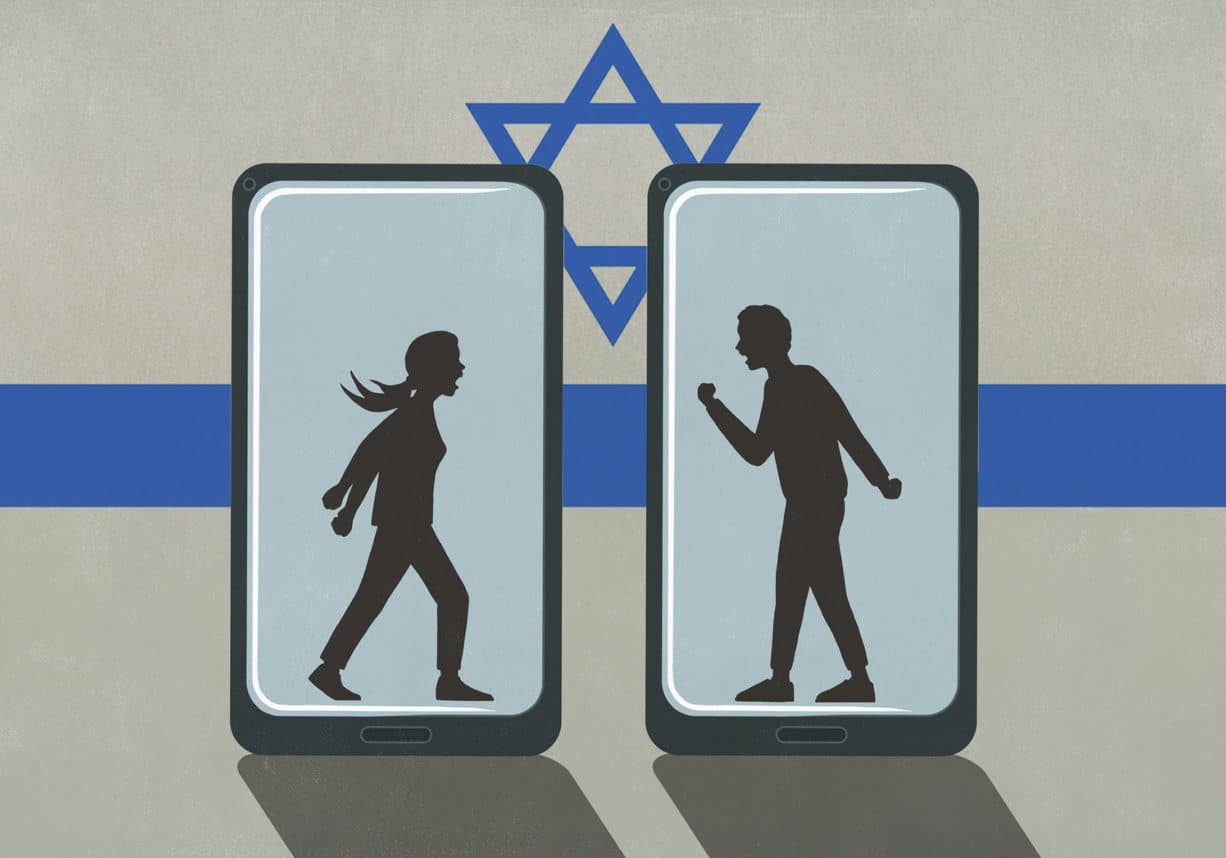
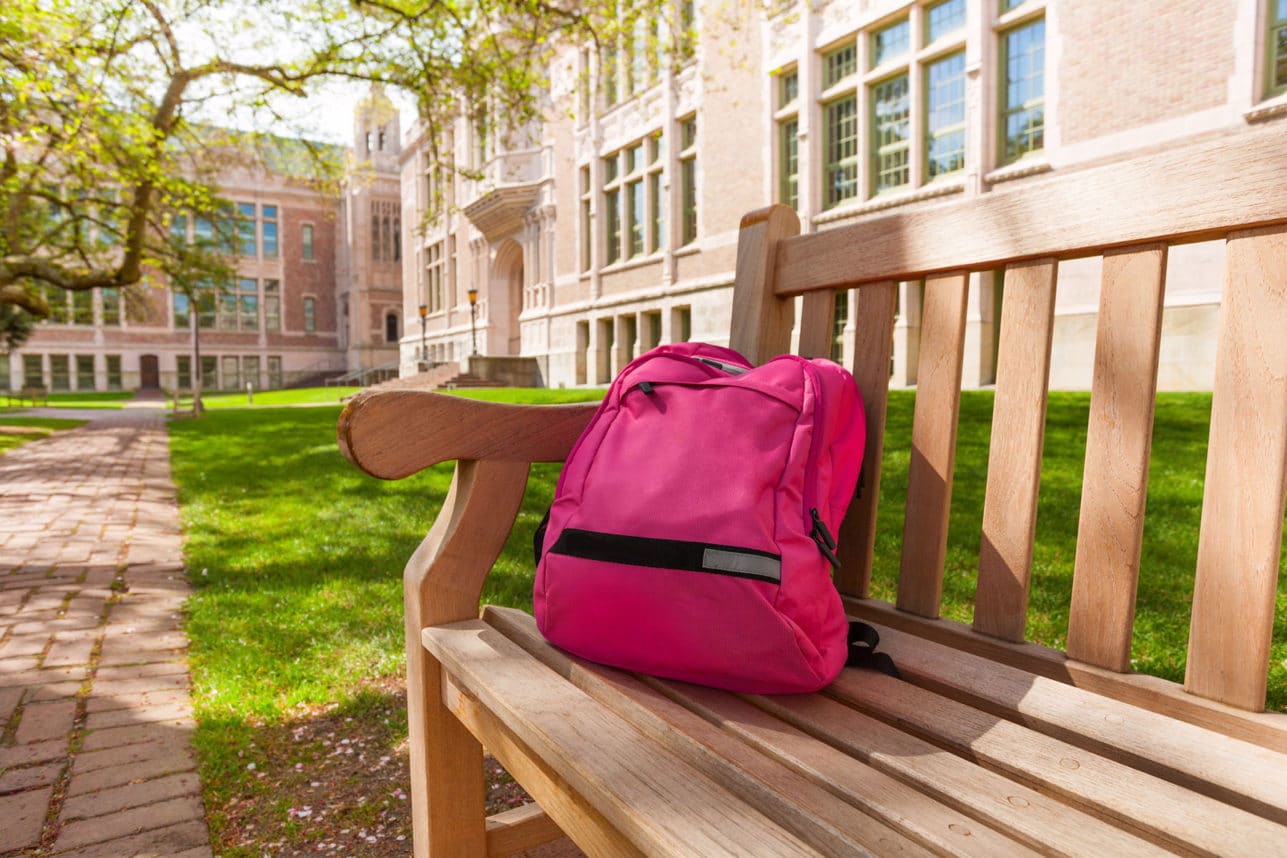

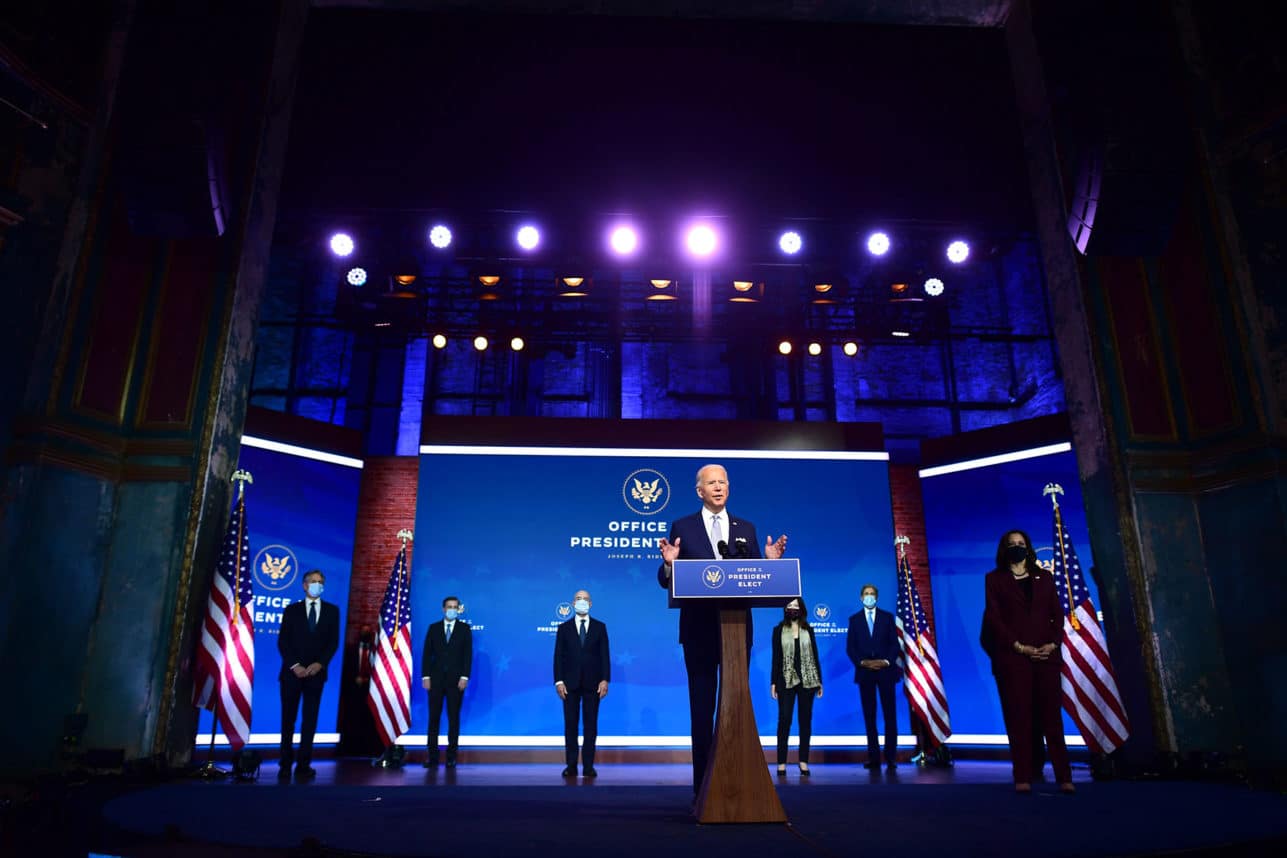
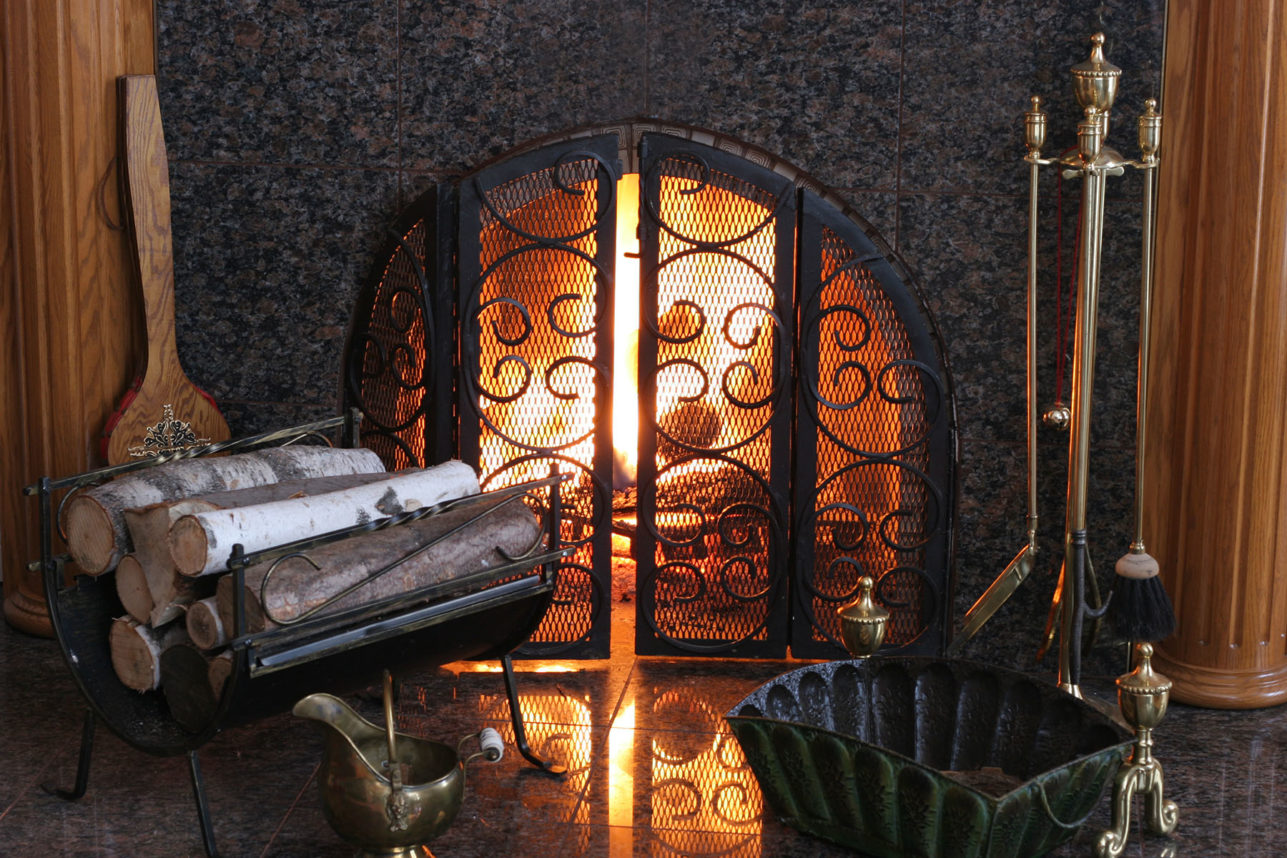


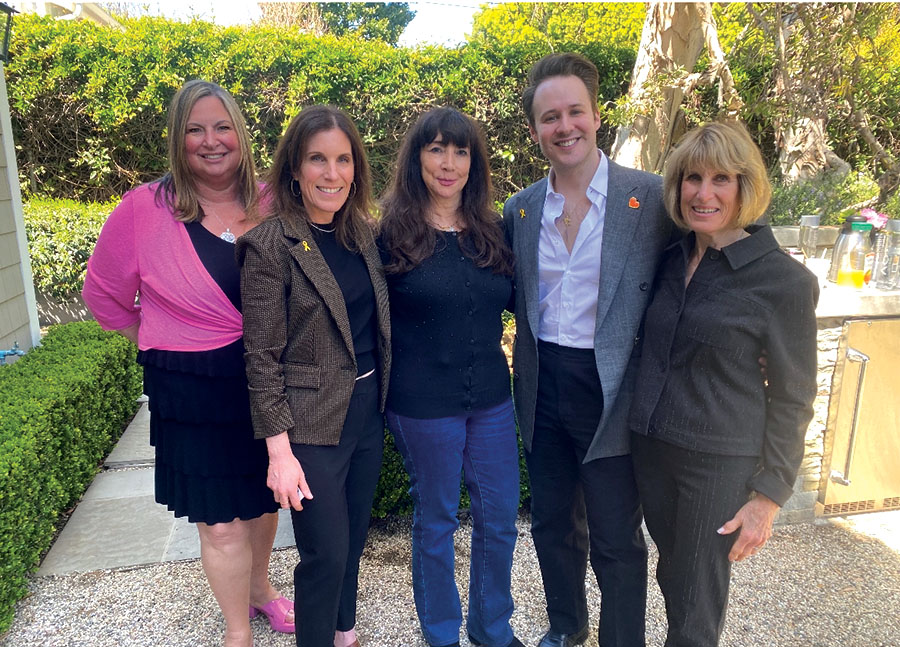
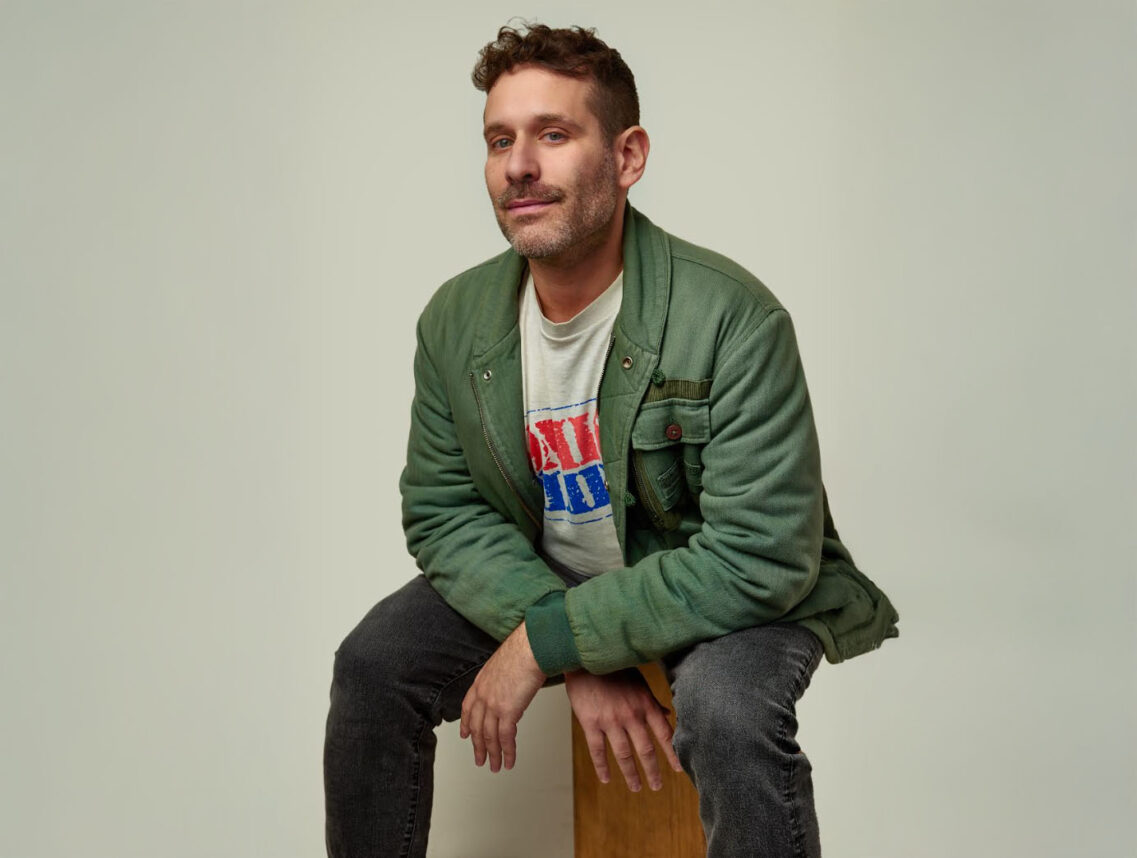
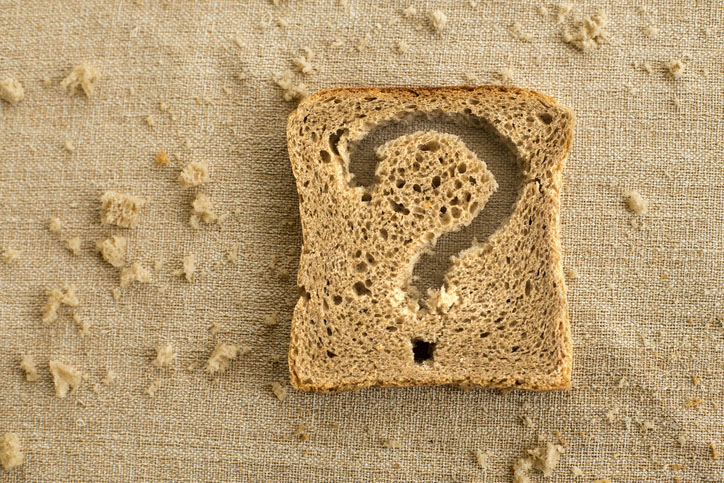
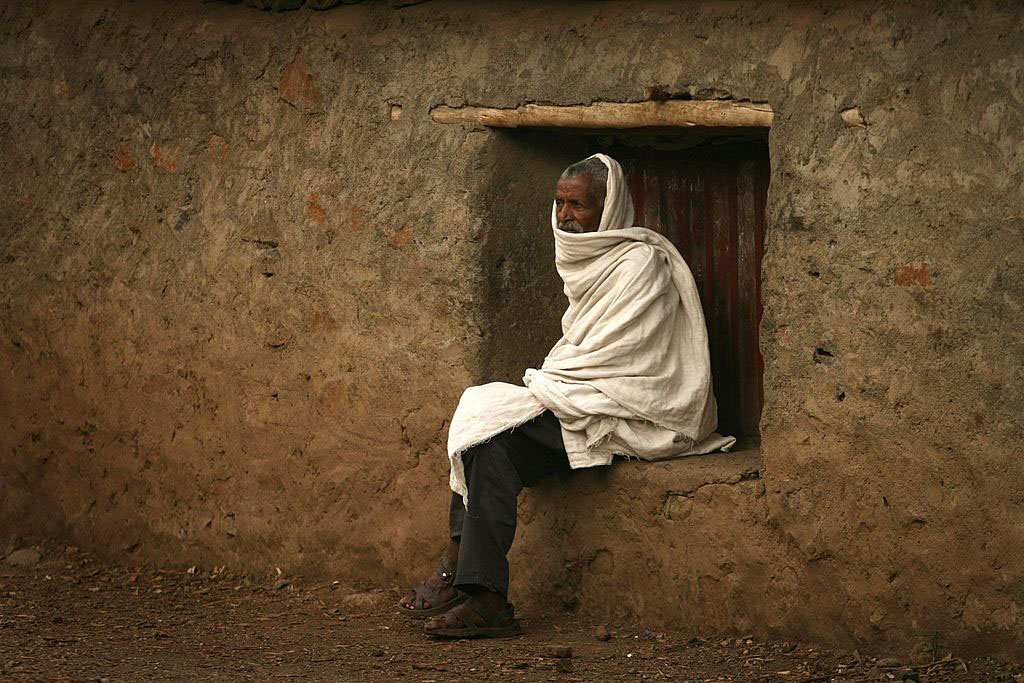

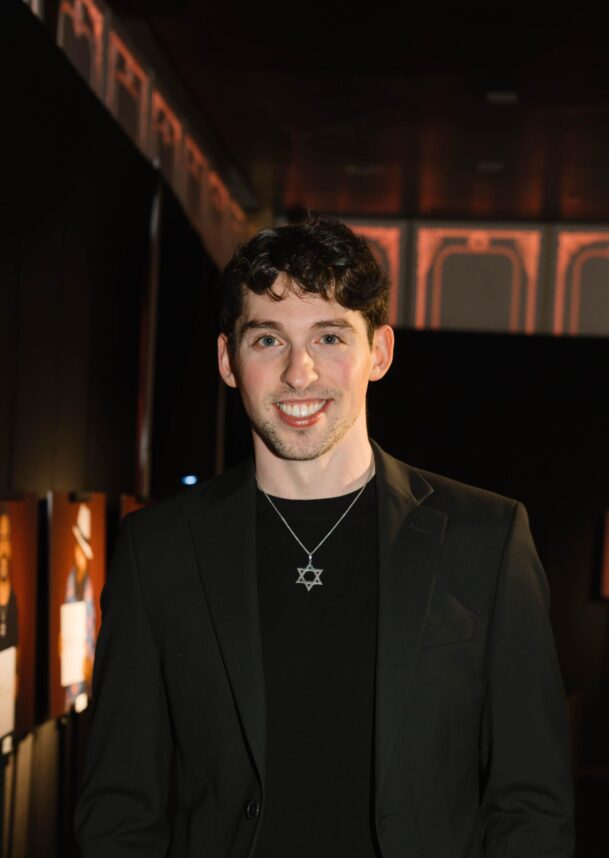
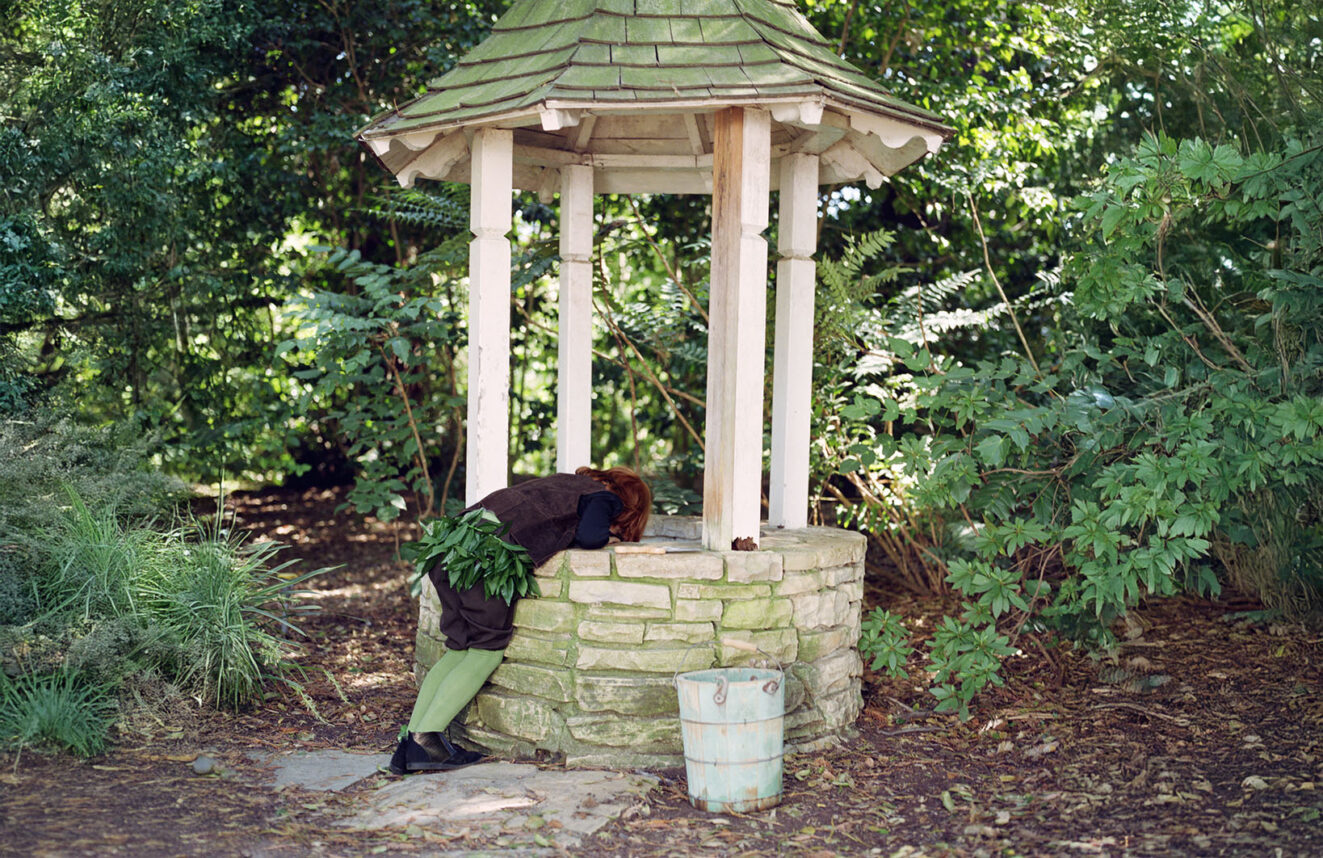
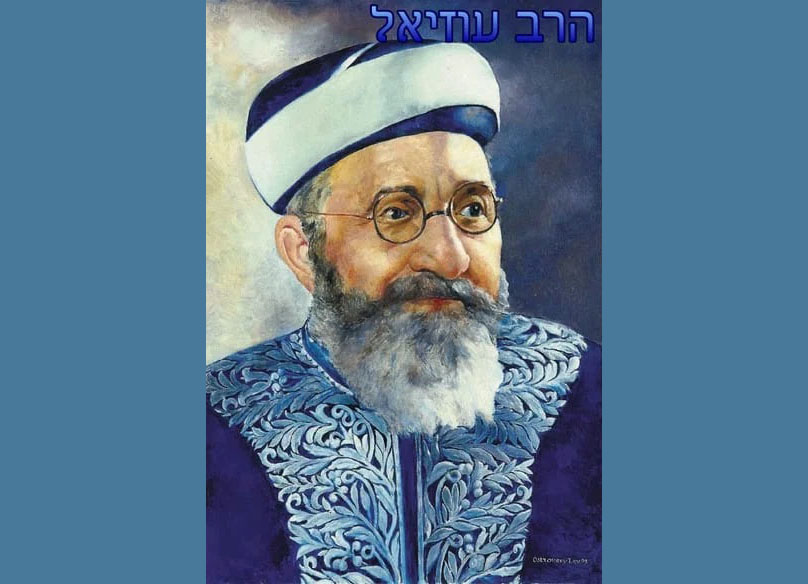



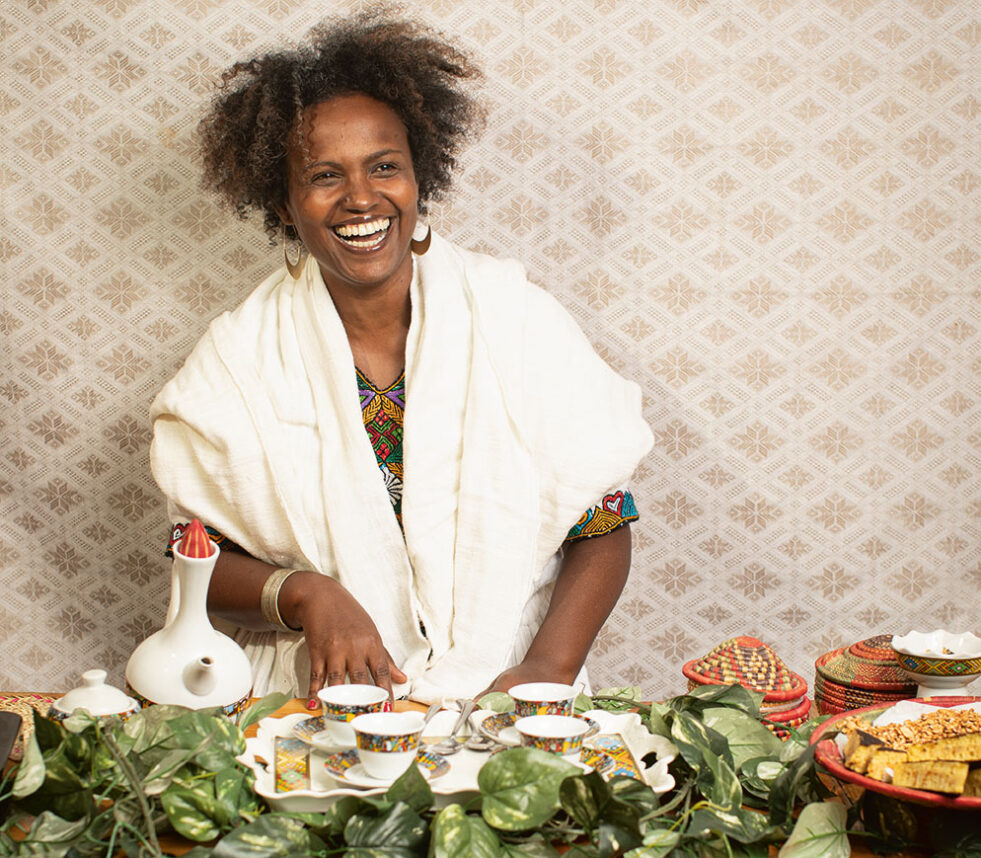


 More news and opinions than at a Shabbat dinner, right in your inbox.
More news and opinions than at a Shabbat dinner, right in your inbox.